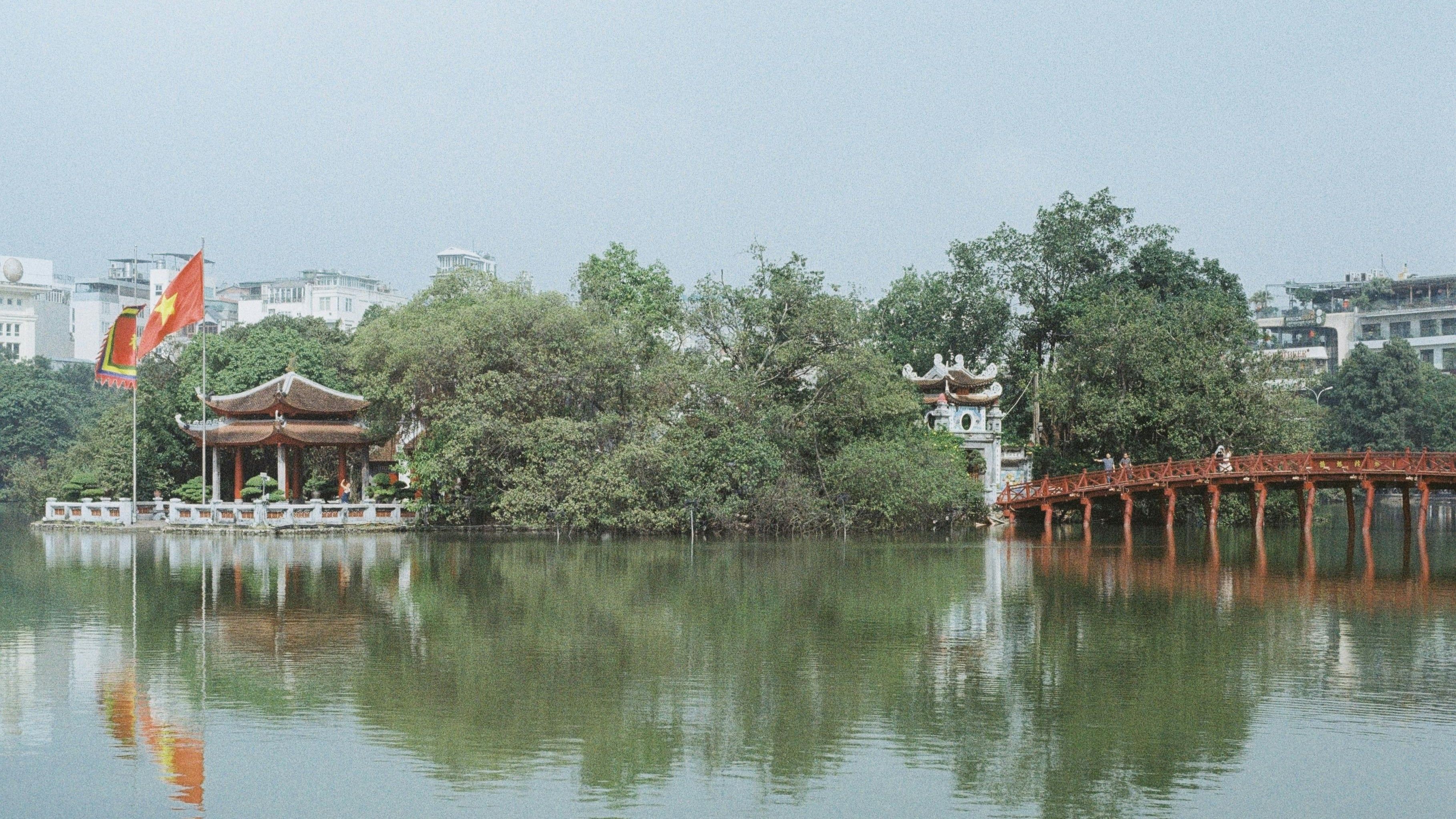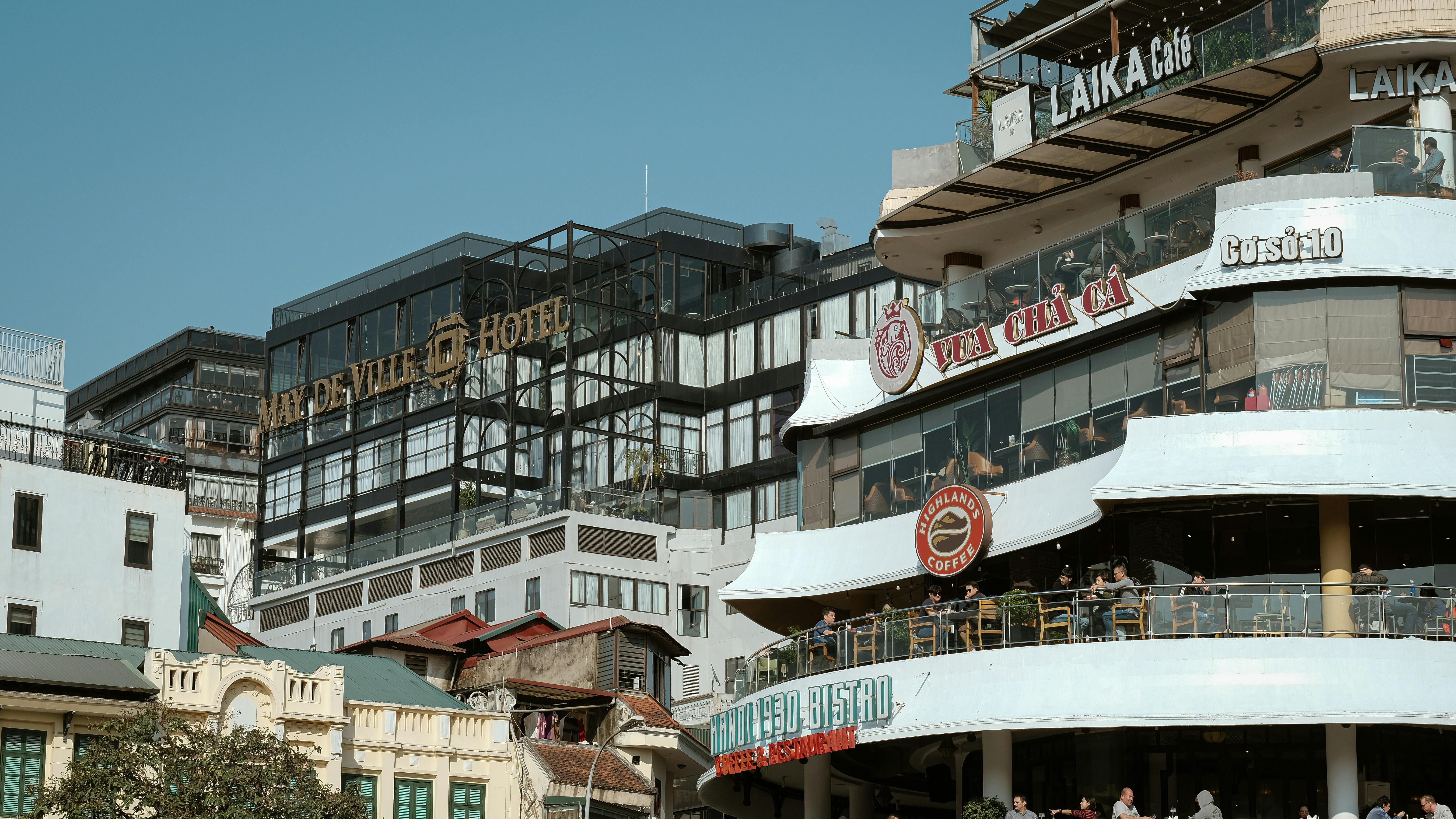
The History of Hanoi’s Old Quarter: A Walk Through Vietnam’s Past
Origins of Hanoi’s Old Quarter

The roots of Hanoi’s Old Quarter date back over a thousand years to the Ly and Tran dynasties. Initially, this area was a small riverside village known for its proximity to the Red River, which made it a hub for trade and commerce. By the 11th century, as the capital city of Thang Long (present-day Hanoi) was established, the Old Quarter became the center of economic and commercial activity.
The streets of the Old Quarter are known as "36 streets," each named after the specific goods or trade that once dominated the area, such as Hang Bac (Silver Street), Hang Ma (Paper Offerings Street), and Hang Gai (Silk Street). This unique street-naming system reflects the traditional guilds that existed in the Old Quarter, where artisans and traders gathered to sell their goods and services.
French Colonial Influence
The French colonial period, which began in the mid-19th century, left a lasting impact on Hanoi’s architecture, including the Old Quarter. During this time, many of the traditional Vietnamese houses, known as "tube houses," were replaced or adapted with French colonial-style buildings. These hybrid structures combined Vietnamese layouts with French aesthetics, such as long, narrow facades and intricate balconies.
The colonial influence also brought new industries, such as printing and textiles, which blended with the existing local trades. As a result, the Old Quarter became a melting pot of cultural influences, merging Vietnamese traditions with European elements.

Historical Landmarks in the Old Quarter
As you walk through the Old Quarter, you’ll encounter numerous historical landmarks that tell the story of Hanoi’s rich past. Some notable sites include:
Hoan Kiem Lake: Located at the edge of the Old Quarter, this serene lake is central to Hanoi’s history. According to legend, Emperor Le Loi returned a magical sword to the Golden Turtle God here, hence the name "Lake of the Returned Sword." The lake and the nearby Ngoc Son Temple serve as peaceful retreats amidst the bustling streets.
Bach Ma Temple: One of the oldest temples in Hanoi, Bach Ma Temple is dedicated to the White Horse, believed to be a protector of the city. Built in the 9th century, this temple showcases the spiritual traditions that have endured throughout Hanoi’s history.
Ancient Houses: Several well-preserved tube houses remain in the Old Quarter, offering a glimpse into traditional Vietnamese architecture. One of the most famous is Ancient House at 87 Ma May Street, a restored home that represents life in Hanoi during the 19th century.

The Old Quarter Today
Today, Hanoi’s Old Quarter is a thriving cultural and commercial hub. While many traditional trades, such as silk weaving and lacquerware, still flourish, the area has adapted to modern life. Visitors can explore markets, sample local street food, and shop for handmade crafts, all while experiencing the energy of the old city.
The Old Quarter’s streets are alive with the sights and sounds of daily life—vendors selling fresh produce, motorbikes whizzing by, and the aromas of pho and banh mi filling the air. It’s a place where history and modernity coexist, offering a unique experience for travelers.
Exploring Hanoi’s Old Quarter
A visit to the Old Quarter isn’t complete without taking a leisurely walk through its labyrinth of streets. Each street tells its own story, whether it’s Hang Dao Street, once known for its silk merchants, or Hang Thiec Street, where tinsmiths craft intricate household items.
For a deeper understanding of the area’s history, consider joining a guided walking tour. Knowledgeable guides can provide context to the many landmarks and offer insight into the stories behind the streets. You’ll learn how the Old Quarter’s merchants contributed to the development of Hanoi and how this historic area has evolved over the centuries.
Enhance your visit by joining our food tour and discover the authentic flavors of Hanoi's vibrant street food scene!
Final Thoughts
Hanoi’s Old Quarter is more than just a tourist destination—it’s a living testament to the resilience and culture of Vietnam. Whether you’re exploring its ancient temples, admiring French colonial architecture, or simply enjoying a cup of Vietnamese coffee in a local café, the Old Quarter offers a journey through Vietnam’s complex and fascinating history.
From its humble beginnings as a trading village to its status as the heart of Hanoi’s cultural life, the Old Quarter remains a symbol of Vietnam’s enduring spirit and vibrant traditions.
Discover a fascinating day trip from Hanoi to traditional villages filled with unique experiences—click here to learn more!